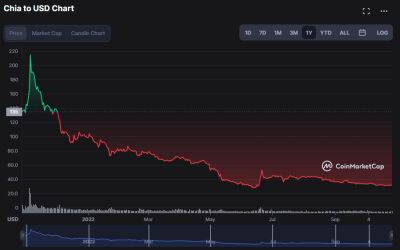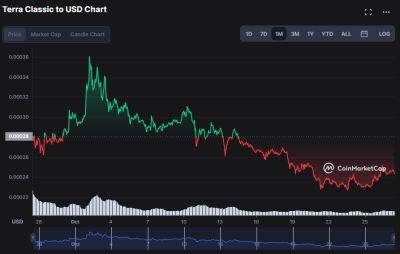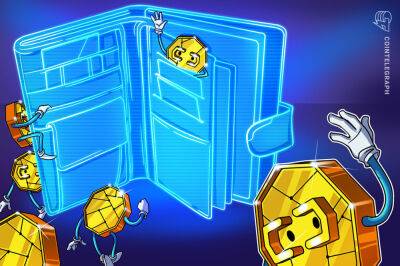Why CBDC may not be the silver bullet to address crypto assets risks
Digital Rupee (or the e₹), it indicates the design choices that the RBI is inclining towards to pursue these motivations, it briefly charts a forward-looking path till the launch of the e₹, and it pushes policy debate into the next gear – from speculation to contentions on merits on motivations, design, outcomes. Yet, misalignments abound – particularly about what the RBI expects of the e₹ and what it can be reasonably expected to deliver. One example is the impact a CBDC would have on the wider adoption of crypto assets and stablecoins. Globally, central bankers are divided in opinion on whether the emergence of crypto assets led to an acceleration of their CBDC projects: in a May 2022 survey by the Bank for International Settlements, six out of ten respondent central banks agreed. This may have been because a clear assessment of the adoption of crypto assets for different use cases and their impact on the economy appears to have so far eluded policymakers: the same survey indicated that a majority of central banks largely characterized the use of crypto assets in their jurisdictions – both in relation to domestic payments and cross-border payments, as “use by niche groups” and “trivial or no use”. Earlier in February 2022, the Financial Stability Board (FSB) had acknowledged significant data gaps that made an assessment of the impact of crypto assets on financial stability difficult to identify and quantify.
Did you Know?
SAP has launched a new enterprise on the Metaverse with the aim of accelerating cloud adoption among Indian firms. The interactive and immersive ‘cloud on wheels’ platform will enable customers to experience the full range of SAP’s offerings and reimagine processes for improved business outcomes.
View Read more on economictimes.indiatimes.com

 economictimes.indiatimes.com
economictimes.indiatimes.com
















